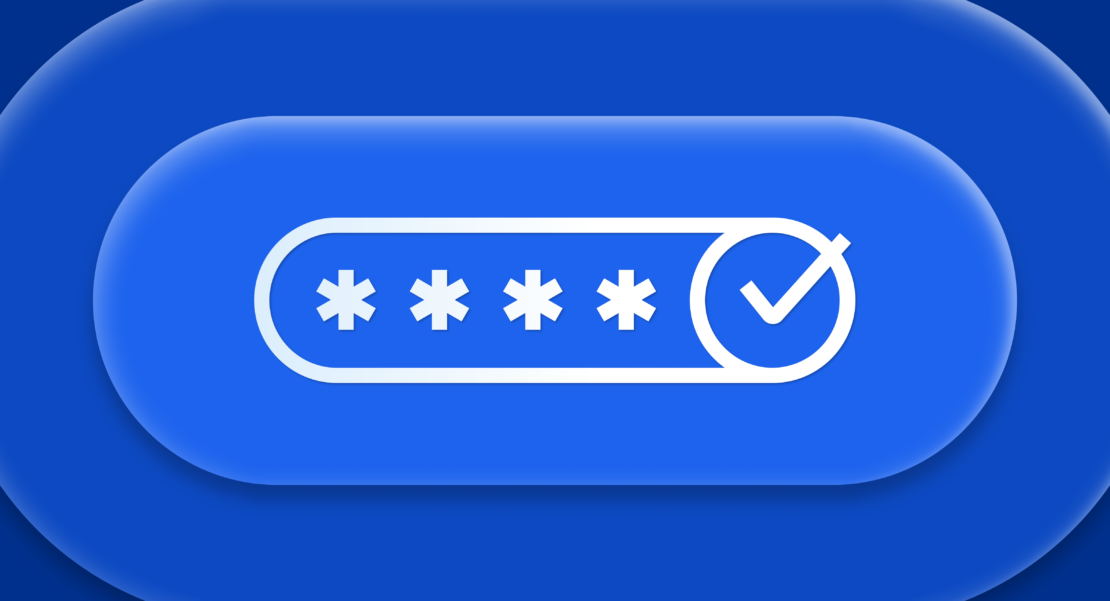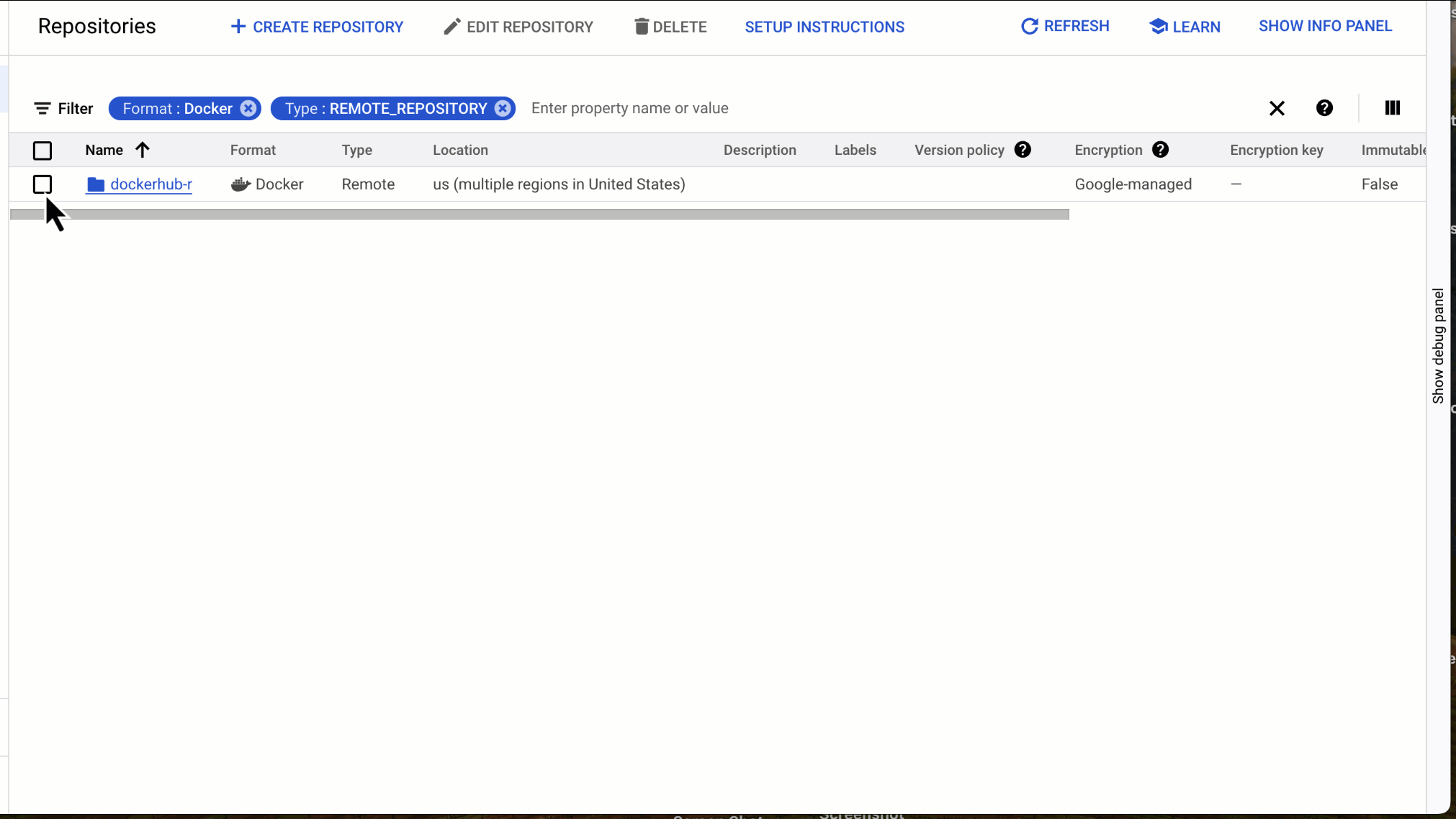The rise of open source software has led to more collaborative development, but it’s not without challenges. While public container images offer convenience and access to a vast library of prebuilt components, their lack of control and potential vulnerabilities can introduce security and reliability risks into your CI/CD pipeline.
This blog post delves into best practices that your teams can implement to mitigate these risks and maintain a secure and reliable software delivery process. By following these guidelines, you can leverage the benefits of open source software while safeguarding your development workflow.

1. Store local copies of public containers
To minimize risks and improve security and reliability, consider storing local copies of public container images whenever feasible. The Open Containers Initiative offers guidelines on consuming public content, which you can access for further information.
2. Use authentication when accessing Docker Hub
For secure and reliable CI/CD pipelines, authenticating with Docker Hub instead of using anonymous access is recommended. Anonymous access exposes you to security vulnerabilities and increases the risk of hitting rate limits, hindering your pipeline’s performance.
The specific authentication method depends on your CI/CD infrastructure and Google Cloud services used. Fortunately, several options are available to ensure secure and efficient interactions with Docker Hub.
3. Use Artifact Registry remote repositories
Instead of directly referencing Docker Hub repositories in your build processes, opt for Artifact Registry remote repositories for secure and efficient access. This approach leverages Docker Hub access tokens, minimizing the risk of vulnerabilities and facilitating a seamless workflow.
Detailed instructions on configuring this setup can be found in the following Artifact Registry documentation: Configure remote repository authentication to Docker Hub.

4. Use Google Cloud Build to interact with Docker images
Google Cloud Build offers robust authentication mechanisms to pull Docker Hub images seamlessly within your build steps. These mechanisms are essential if your container images rely on external dependencies hosted on Docker Hub. By implementing these features, you can ensure secure and reliable access to the necessary resources while streamlining your CI/CD pipeline.
Implementing the best practices outlined above offers significant benefits for your CI/CD pipelines. You’ll achieve a stronger security posture and reduced reliability risks, ensuring smooth and efficient software delivery. Additionally, establishing robust authentication controls for your development environments prevents potential roadblocks that could arise later in production. As a result, you can be confident that your processes comply with or surpass corporate security standards, further solidifying your development foundation.
Learn more
Visit the following product pages to learn more about the features that assist you in implementing these steps.
